shady moss hoop house
froggy
17 years ago
Related Stories
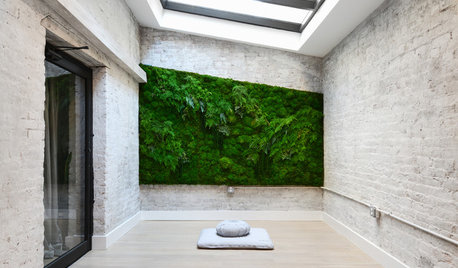
GREEN BUILDINGWorld of Design: The Joy of Moss and Its Modern Uses
This great design plant is 400 million years in the making. See how it’s inspiring art, soothing spaces and building design
Full Story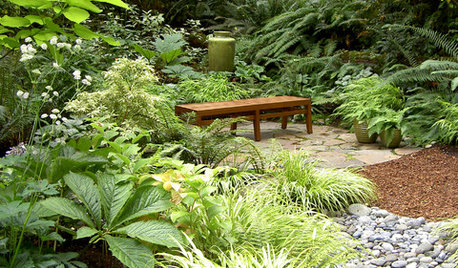
GARDENING GUIDESGreat Garden Combo: 6 Beautiful Plants for a Shady, Wet Site
Transform a shade garden with moisture-loving golden grasses, textural leaves and a sprinkling of flowers
Full Story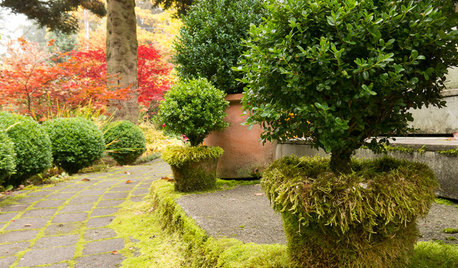
LANDSCAPE DESIGNEvoke Mystery and History With Moss in the Garden
Go ahead, lie about age. Moss on garden statues, planters and pavers creates the beautifully deceptive look of time’s passing
Full Story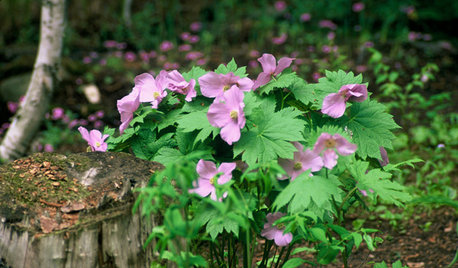
GARDENING GUIDES7 Shade-Loving Rarities of the Plant World
Cultivate a discriminating air in a shady garden patch with these uncommon woodland wonders
Full Story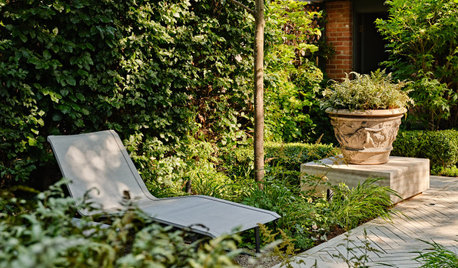
LANDSCAPE DESIGNHow to Create a Beautiful Shade Garden
Turn the cool, shady spot in your garden into your own quiet oasis
Full Story
LANDSCAPE DESIGN7 Low-Maintenance Lawn Alternatives
Turf isn't the only ground cover in town. Get a lush no-grass lawn with clover, moss and other easy-care plants
Full Story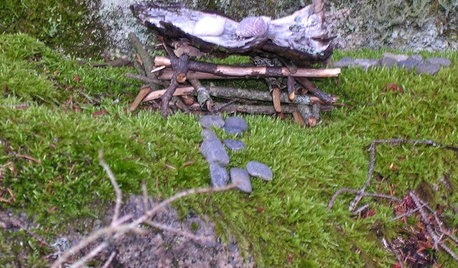
FUN HOUZZSomething a Little Different: Fairy Houses
Miniature abodes crafted for otherworldly creatures capture the imagination
Full Story
ECLECTIC HOMESMy Houzz: Color and Texture Fill an Eclectic Pittsburgh Row House
Moroccan touches join exposed brick, salvaged materials and scads of books in this home for a creative couple
Full Story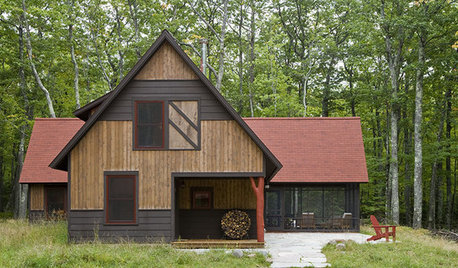
ARCHITECTUREDreaming Of: A House in the Woods
Designs for living among trees — in a real forest or where you live now
Full Story
HOUZZ TOURSHouzz Tour: New Love and a Fresh Start in a Midcentury Ranch House
A Nashville couple, both interior designers, fall for a neglected 1960 home. Their renovation story has a happy ending
Full StorySponsored






deep_woods
froggyOriginal Author
Related Professionals
Barrington Hills Landscape Architects & Landscape Designers · Eden Prairie Landscape Architects & Landscape Designers · Fort Lee Landscape Architects & Landscape Designers · Jennings Landscape Architects & Landscape Designers · Salisbury Landscape Architects & Landscape Designers · Chesapeake Ranch Estates Landscape Contractors · Hannibal Landscape Contractors · Mendota Heights Landscape Contractors · Riverhead Landscape Contractors · Tavares Landscape Contractors · Kissimmee Roofing & Gutters · White Plains Roofing & Gutters · Cave Spring Roofing & Gutters · Clemmons Decks, Patios & Outdoor Enclosures · Tooele Decks, Patios & Outdoor Enclosuresdeep_woods
froggyOriginal Author
deep_woods